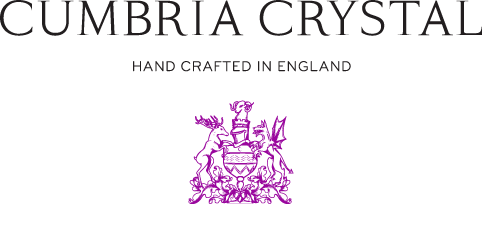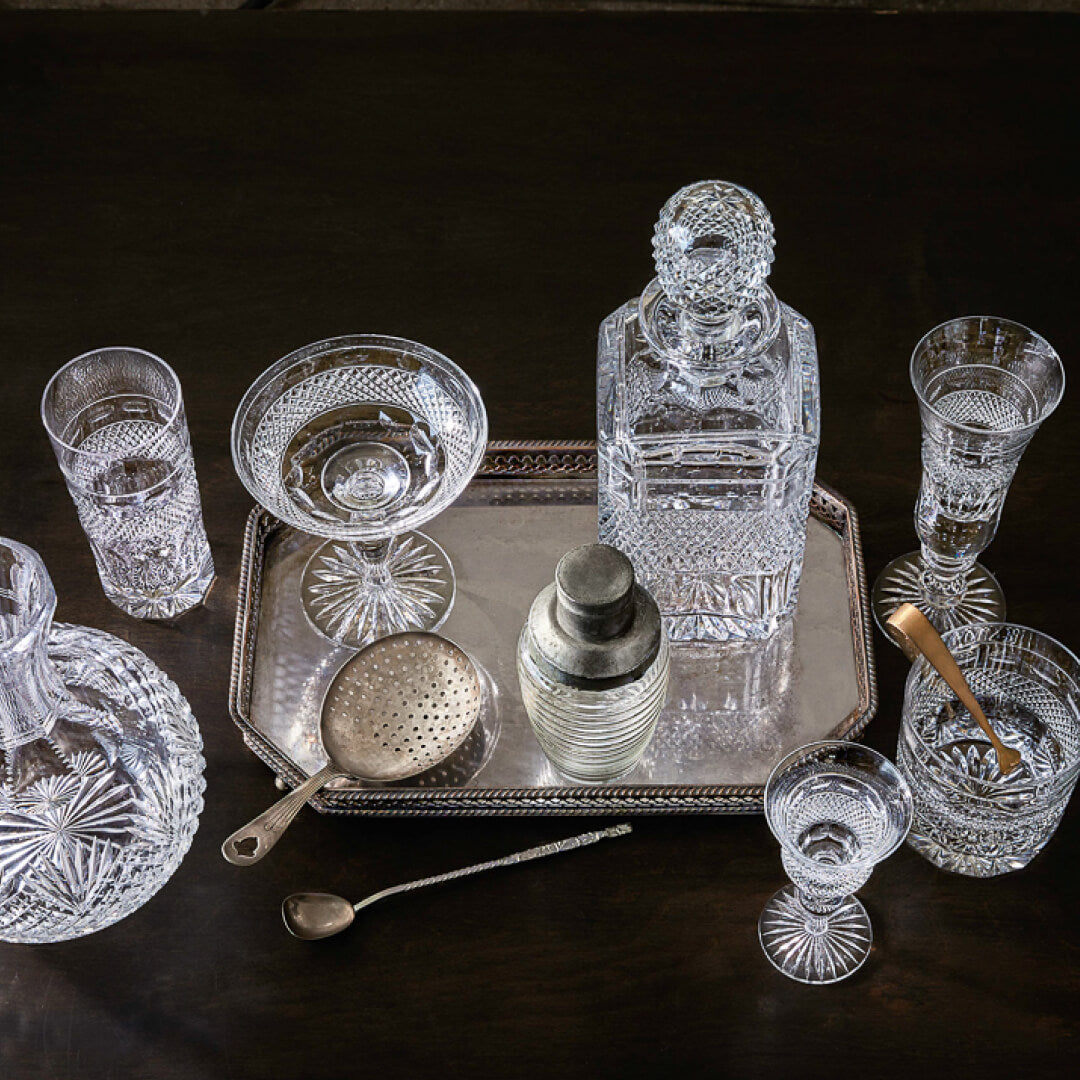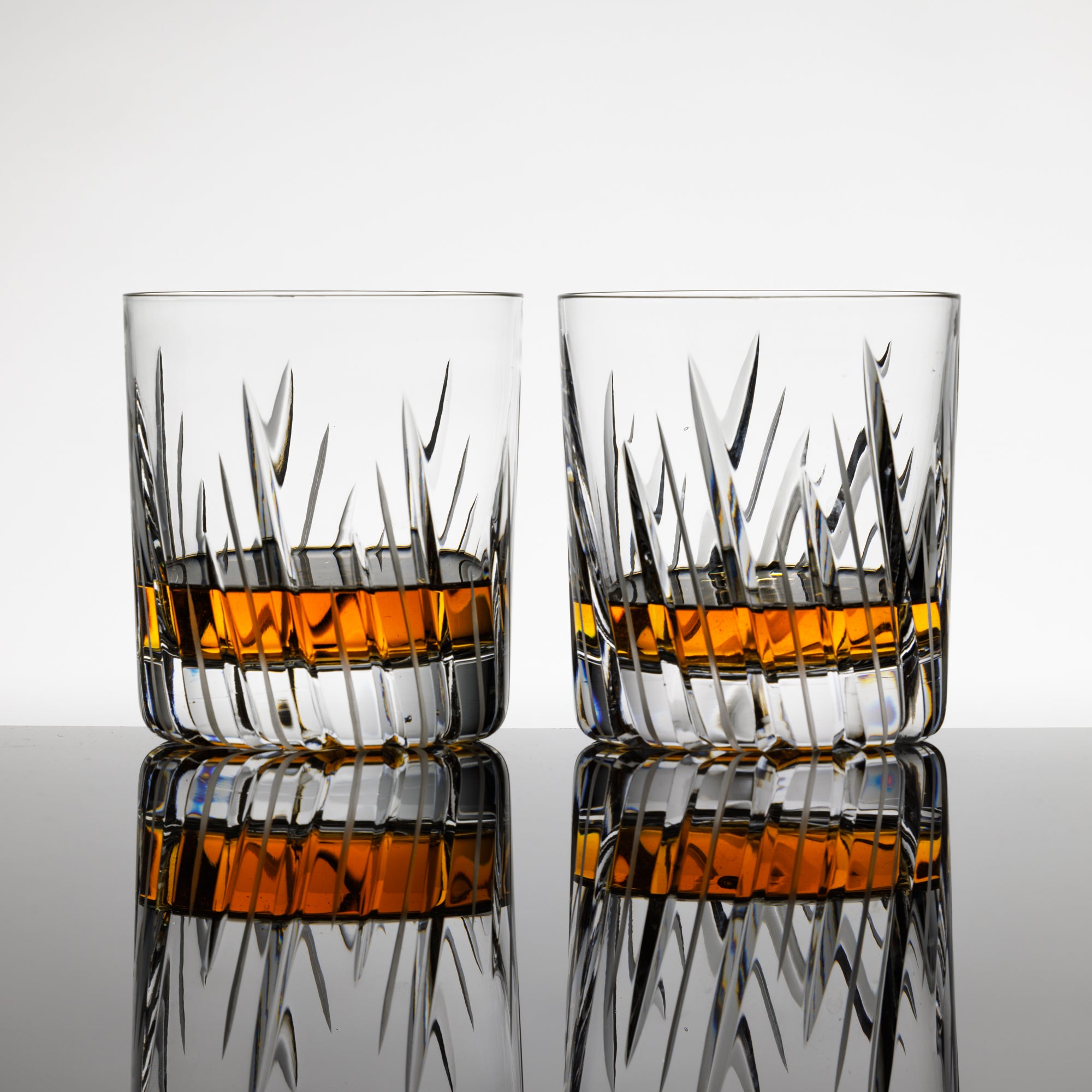Is Lead Crystal Safe?
In normal use, lead crystal is perfectly safe to drink from and is the material of choice by some of the most luxurious and exclusive glass manufacturers across the world including Lalique & Baccarat.
Its unique aesthetic and physical qualities mean it is still used for the production of the very highest quality, traditional crystal. The increased refractive index (giving greater sparkle), the ease of cutting intricate designs by hand and the heft you feel when holding it, separate it from modern soda-lime or boron based glasses.
For companies striving to craft the best handmade crystal in the world these qualities more than justify the higher production cost and added complexity of production. Lead oxide is a key ingredient to making crystal (invented in the1680s), but if mishandled in its 'raw' form can be harmful to health. As such Cumbria Crystal carefully controls the handling of all the raw materials prior to being melted and monitors staff health regularly.
Once melted the story is very different. Heat, in excess of 1450 Centigrade, is applied to the raw materials for 48 hours during which time it magically metamorphoses into stunning crystal. The lead oxide becomes chemically bonded into the material and in this new form is safe for the consumer to use for its intended purpose.
Lead crystal products do not pose a health risk. Having said that, lead ‘leaching’ from the crystal surface is detectable, however the quantity that gets into a beverage is believed to be much smaller than the quantity of lead consumed daily in an ordinary diet.
Cognac & Port are slightly more prone to this effect than whisky, wine or gin. Therefore, we generally recommended avoiding long-term storage (months/years) of spirits in crystal decanters. Vinegar, as a weak acid, can bring about a long-term reduction in the surface lead levels inside of a decanter. We suggest filling your decanter with vinegar for a few days before first use.
You can SAFELY use your crystal stemware and barware to enjoy wine, water, spirits and other beverages. It has been successfully used for this purpose for 350+ years.
Its unique aesthetic and physical qualities mean it is still used for the production of the very highest quality, traditional crystal. The increased refractive index (giving greater sparkle), the ease of cutting intricate designs by hand and the heft you feel when holding it, separate it from modern soda-lime or boron based glasses.
For companies striving to craft the best handmade crystal in the world these qualities more than justify the higher production cost and added complexity of production. Lead oxide is a key ingredient to making crystal (invented in the1680s), but if mishandled in its 'raw' form can be harmful to health. As such Cumbria Crystal carefully controls the handling of all the raw materials prior to being melted and monitors staff health regularly.
Once melted the story is very different. Heat, in excess of 1450 Centigrade, is applied to the raw materials for 48 hours during which time it magically metamorphoses into stunning crystal. The lead oxide becomes chemically bonded into the material and in this new form is safe for the consumer to use for its intended purpose.
Lead crystal products do not pose a health risk. Having said that, lead ‘leaching’ from the crystal surface is detectable, however the quantity that gets into a beverage is believed to be much smaller than the quantity of lead consumed daily in an ordinary diet.
Cognac & Port are slightly more prone to this effect than whisky, wine or gin. Therefore, we generally recommended avoiding long-term storage (months/years) of spirits in crystal decanters. Vinegar, as a weak acid, can bring about a long-term reduction in the surface lead levels inside of a decanter. We suggest filling your decanter with vinegar for a few days before first use.
You can SAFELY use your crystal stemware and barware to enjoy wine, water, spirits and other beverages. It has been successfully used for this purpose for 350+ years.






